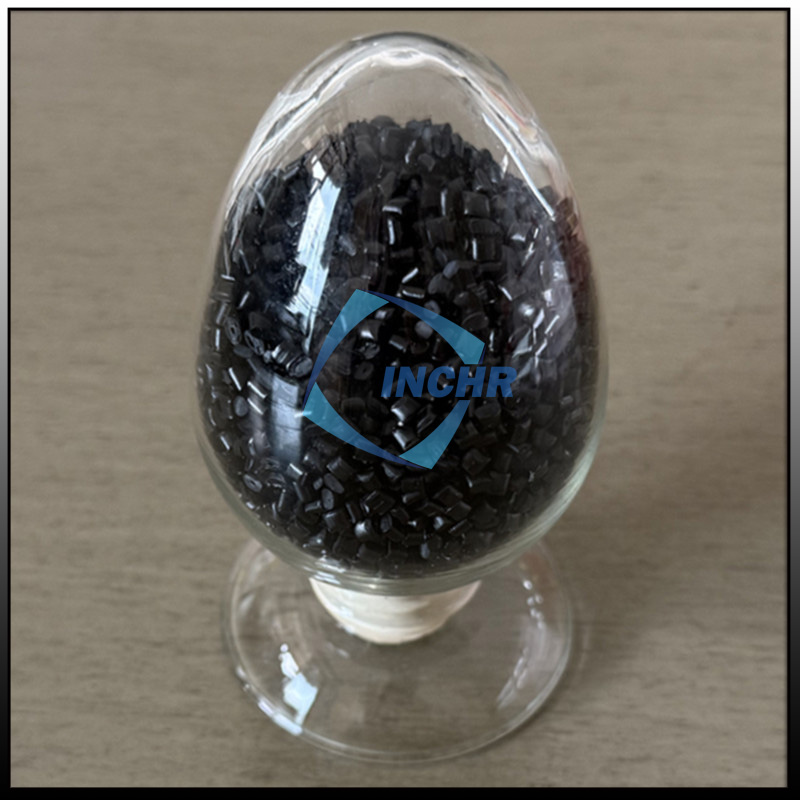Introduction
In an age where efficiency, performance, and sustainability dominate engineering priorities, carbon fiber reinforced nylon (CFRN) has emerged as a cornerstone of modern innovation. By merging the flexibility of nylon with the unmatched strength of carbon fibers, this composite material is redefining what’s possible across industries—from electric vehicles to medical devices. This article explores why CFRN is not just a trend but a necessity for future-proof technologies.
What Makes Carbon Fiber Reinforced Nylon Unique?
CFRN’s a composite material where carbon fibers (typically 10-40% by weight) are embedded into a polyamide (nylon) matrix. This fusion creates a material that outperforms traditional metals and plastics in critical areas:
Superior Strength-to-Weight Ratio: 50% lighter than aluminum yet stronger than steel in tensile strength.
Thermal Stability: Maintains integrity at temperatures up to 200°C (392°F), ideal for high-heat environments.
Chemical and UV Resistance: Withstands harsh chemicals, oils, and prolonged sun exposure.
Design Flexibility: Enables complex geometries through injection molding, 3D printing, or compression molding.
Unlike conventional materials, CFRN allows engineers to prioritize both performance and sustainability without compromise.

Key Industries Transformed by Carbon Fiber Reinforced Nylon
1. Electric Vehicles (EVs): Lightweighting for Longer Ranges
The shift to EVs demands materials that reduce weight without sacrificing safety. CFRN is critical for:
Battery Housings: Lightweight enclosures offset heavy battery packs, extending vehicle range by up to 15%.
Structural Components: Crash-resistant frames and brackets enhance passenger safety.
Under-the-Hood Parts: Heat-resistant components like connectors and sensor housings.
Example: Tesla’s Cybertruck incorporates CFRN in its exoskeleton to achieve unmatched durability while minimizing weight.
2. Robotics and Automation: Precision Meets Agility
From factory floors to surgical suites, CFRN enables:
Collaborative Robots (Cobots): Lightweight shells reduce collision risks and energy consumption.
Industrial Arms: High-stiffness joints for precise assembly tasks.
Drones: Aerodynamic frames that endure wind and impact during delivery missions.
Case Study: ABB’s YuMi cobot uses CFRN components to achieve a 20% weight reduction, improving operational speed and safety.
3. Aerospace: Conquering Extreme Conditions
CFRN ’s resistance to temperature fluctuations and corrosion makes it ideal for:
Satellite Mounts: Lightweight, radiation-resistant parts for space missions.
Aircraft Interiors: Fire-retardant seat frames and cabin fixtures.
Drone Propellers: Durable blades for long-range surveillance.
Innovation Spotlight: SpaceX’s Starlink satellites utilize CFRN brackets to reduce launch costs while ensuring reliability in orbit.
4. Medical Technology: Enhancing Patient Outcomes
CFRN ’s biocompatibility and sterilizability drive breakthroughs in:
Prosthetics: Lightweight limbs that mimic natural movement (e.g., Össur’s bionic knees).
Surgical Tools: Ergonomic instruments with anti-microbial surfaces.
Wearable Exoskeletons: Supportive frames for rehabilitation or industrial use.
Sustainability: Carbon Fiber Reinforced Nylon ’s Role in the Circular Economy
While traditional composites face recycling challenges, CFRN is evolving to meet eco-standards:
Recyclable Thermoplastics: New grades allow melting and reprocessing without performance loss.
Bio-Based Nylons: Companies like DSM use plant-derived polyamides to cut carbon footprints.
Reclaimed Carbon Fibers: Startups like Vartega recycle aerospace scrap into affordable reinforcement materials.
By 2030, over 30% of CFRN in Europe is projected to come from recycled sources, aligning with EU sustainability mandates.
Overcoming Challenges: Innovations Driving Adoption
Despite its advantages, CFRN faces hurdles:
1. High Material Costs
Solution: Hybrid composites blending carbon fibers with glass or natural fibers reduce costs by 15-20%.
Example: BMW uses glass fiber-reinforced nylon for non-critical EV components, reserving CFRN for high-stress areas.
2. Fiber Dispersion in Manufacturing
Solution: AI-powered injection molding optimizes fiber alignment, minimizing weak spots.
Innovation: Engel’s iQ clamp control ensures consistent quality in mass production.
3. Recycling Complexity
Solution: Closed-loop systems, like ELG Carbon Fibre’s recycling process, recover 95% of carbon fibers from end-of-life parts.
Market Trends and Future Projections
The global CFRN market is projected to grow at a CAGR of 9.8% through 2030, driven by:
EV Expansion: Demand for lightweight materials to improve battery efficiency.
5G and IoT: Durable components for smart devices and infrastructure.
Additive Manufacturing: 3D-printed CFRN parts enabling rapid prototyping.
By 2030, CFRN is expected to account for 35% of the high-performance plastics market, with Asia-Pacific leading production due to cost-efficient supply chains.
How to Leverage Carbon Fiber Reinforced Nylon in Your Projects
Collaborate with Material Experts: Partner with suppliers like Toray or SABIC for customized blends.
Simulate and Test: Use finite element analysis (FEA) to predict stress points and optimize designs.
Prioritize Sustainability: Opt for recyclable or bio-based grades to meet ESG goals.
Conclusion
Carbon fiber reinforced nylon is more than a material—it’s a catalyst for innovation. Its ability to deliver lightweight strength, design freedom, and eco-friendly solutions positions it at the heart of industries shaping tomorrow’s world. For engineers and businesses, adopting CFRN isn’t just a competitive edge; it’s a commitment to progress.




